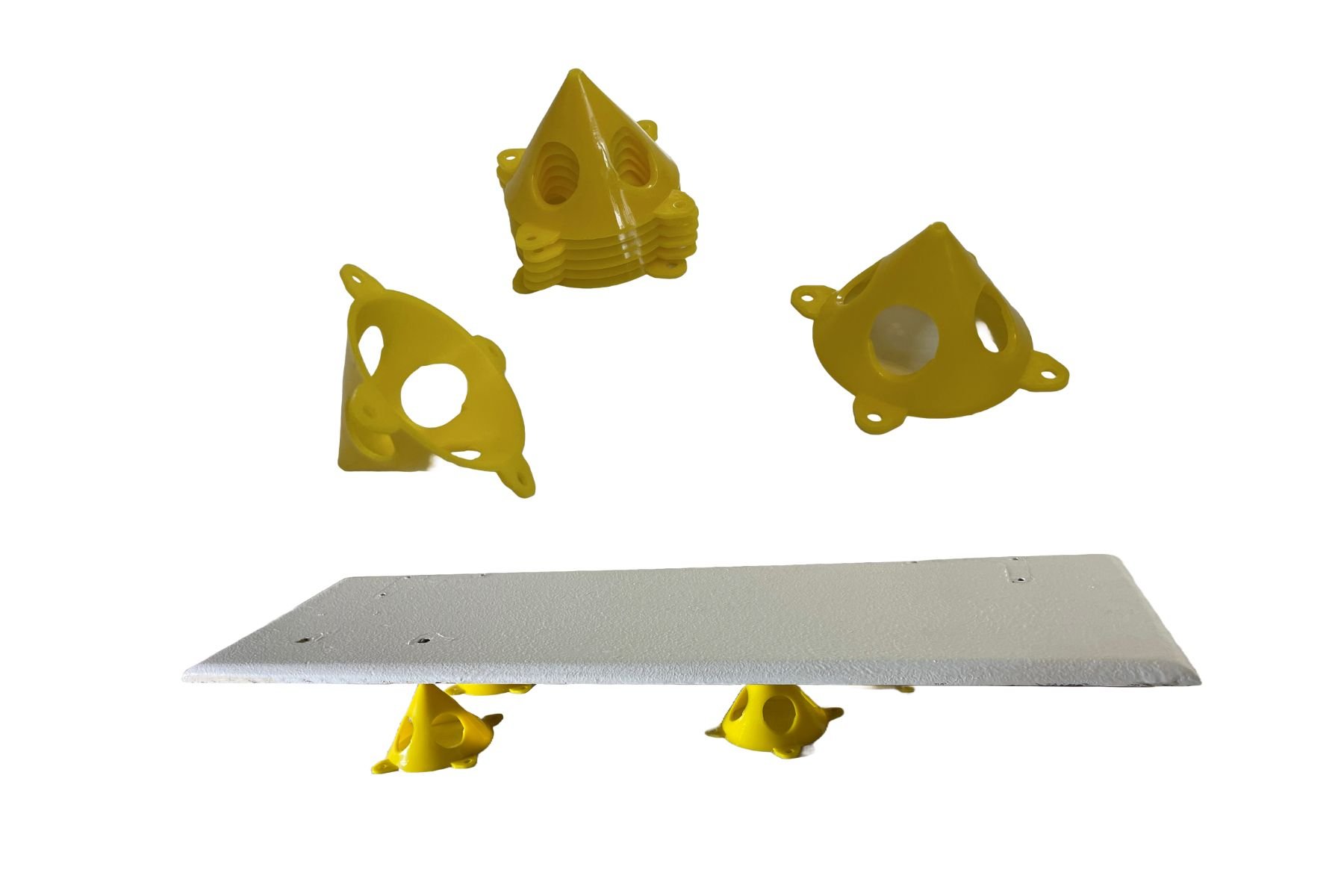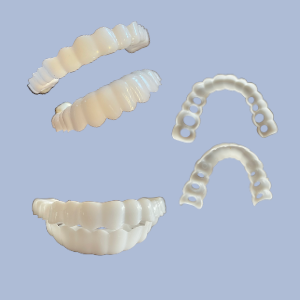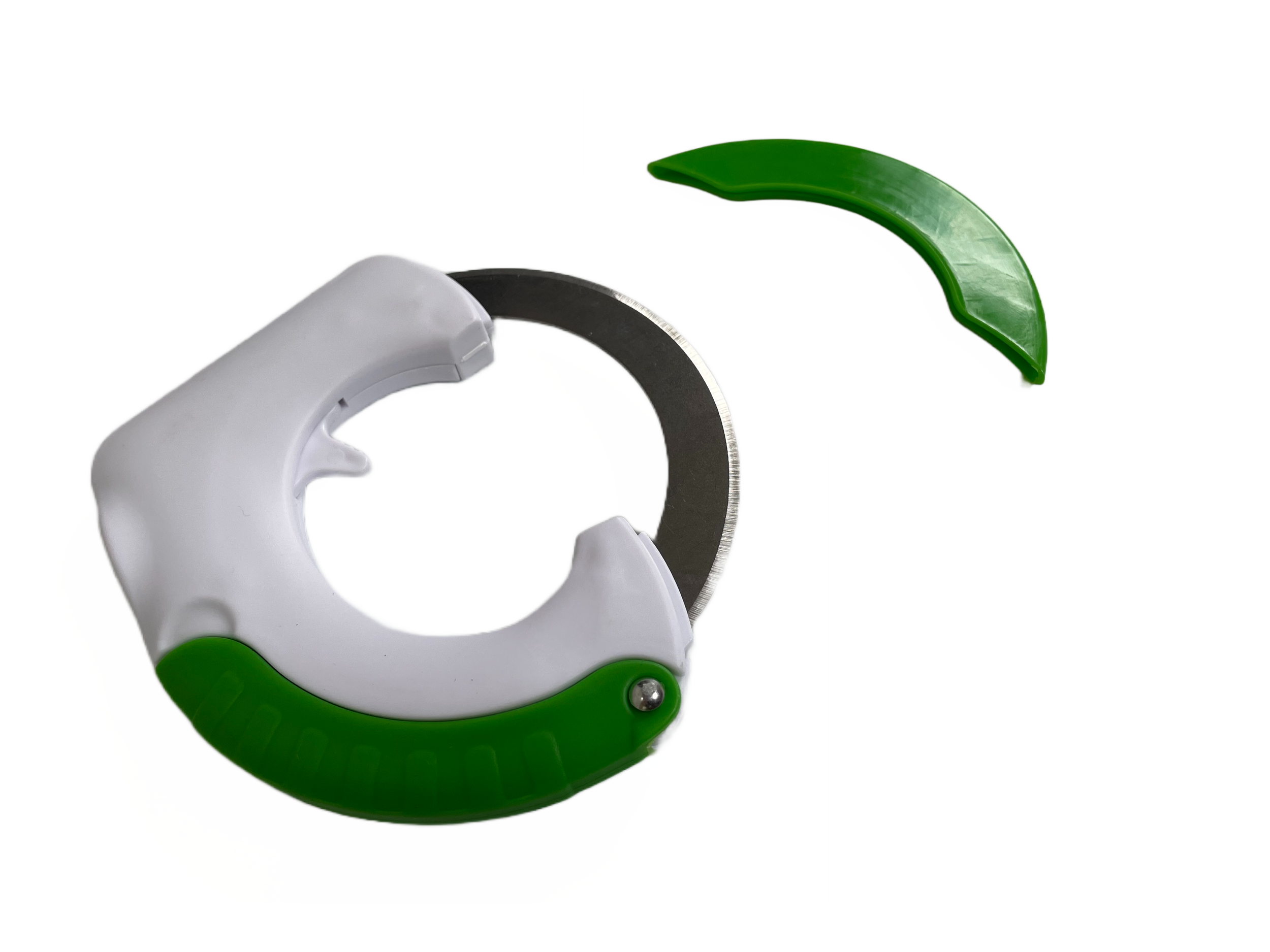Is it Patentable?
For a patent attorney, idle window shopping often inspires rumination into imagining how one might patent a product. Just a little imagination is all you need to tell a good story.
In this blog, we use case examples from products now on the market to elucidate principles of patent prosecution.

Drafting tips: more than the sum
In poker, two-of-a-kind can win. But a favorite rejection among examiners is to say, “mere duplication of parts has no patentable significance” unless something interesting happens.

Drafting tips: Drawing a structure with words
January starts the season for breaking New Year’s Resolutions, many of which involve exercise equipment, like this “calf stretcher.” Fortunately, writing a patent claim for something like this is much easier than actually using it.

Drafting tips: Patenting two-of-a-kind if one-of-a-kind is known
If you are going to claim an invention for what amounts to “two of a kind,” there had better be some way to articulate something interesting about how they cooperate to give something more than their sum.

Drafting tips: claiming an invention’s essence
This idea raises the importance of defining the invention as something beyond what you see.

DIY Dental Work
The standard method for finding an invention to be obvious is: find its individual pieces and think of a plausible reason for putting them together. It’s surprisingly hard to find prior art to knock the teeth off this tooth-glove manufacturing kit.

Trade secret: an alternative to patenting
A patent gives you a twenty-year monopoly in exchange for spilling your secret. But a secret lasts as long as you can keep it.

Drafting tips: The advantage of modesty
If your patent application dwells on the problem your invention intends to fix too much, it makes it easier for an examiner to think of the solution in hindsight.



Is it patentable?
Patents are not just for “things.” One can patent using an old thing in a new way.

Is it patentable?
Two devices solve the same problem: dogs eating too fast. One has “priority” over the other.

Is it patentable?
There may be something patentable in these footlights. But it’s probably not where you think.

Is it patentable?
An obvious way to improve a device is to make one of its parts better. But what about making one of its parts worse?

Is it patentable?
This Bacon Bin® may be a fun kitchen novelty, but is it novel enough to be patentable?
